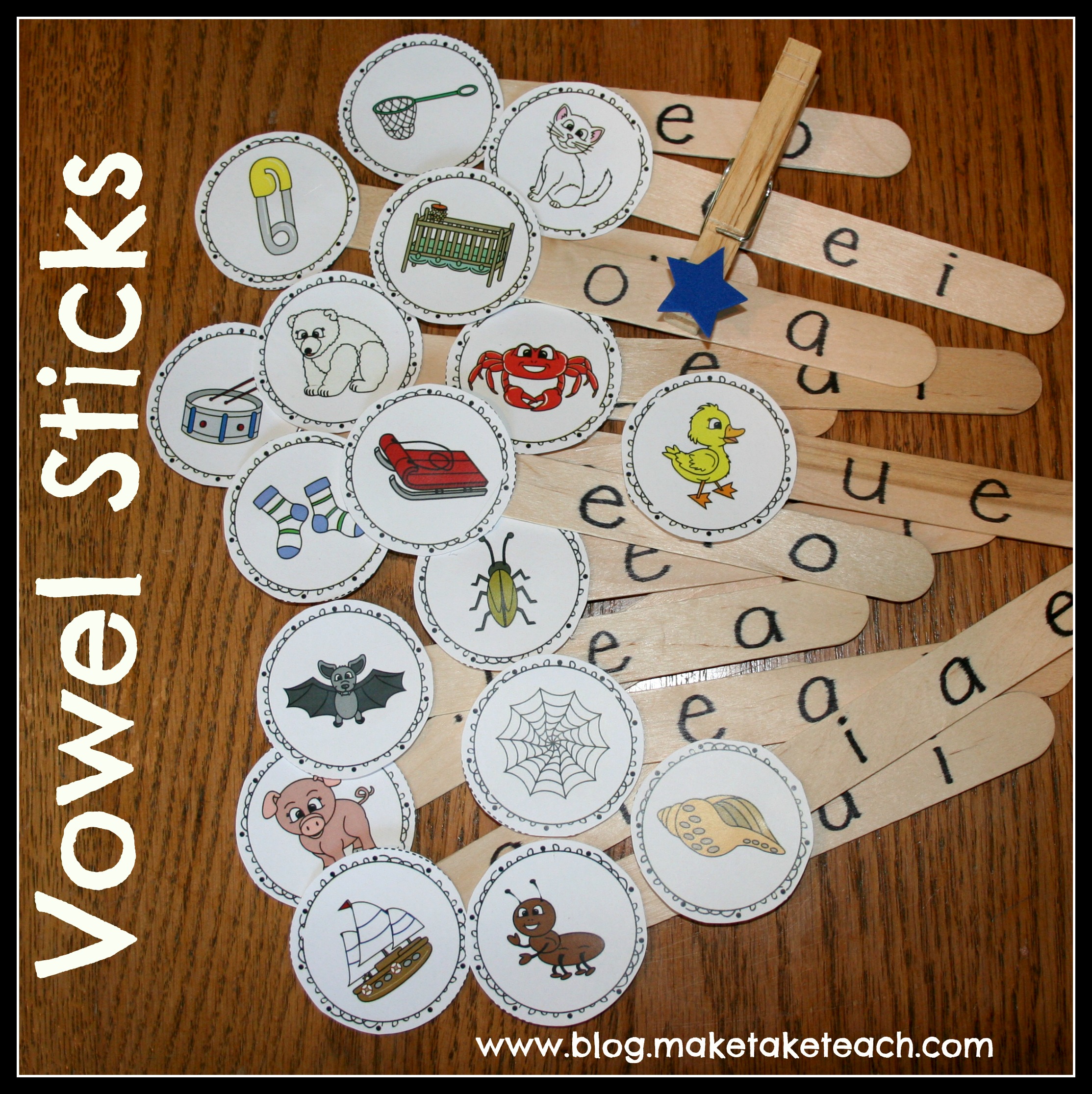

I teach vowel teams after students have demonstrated mastery of: Sometimes vowel teams are also called “vowel digraphs.” I prefer the term “vowel team” because digraph = 2 letters, and some vowel teams (like igh) include more than one letter. One tricky thing about long u is that the sound can be the name of the letter (as in the word “few”) OR the /oo/ sound (as in the word “tube”). Long u vowel teams include: ue, eu, ew (examples: argue, feud, pew) Long o vowel teams include: oe, oa, ow (examples: toe, boat, blow) Long i vowel teams include: ie, igh (examples: pie, right). I typically only teach ea, ee, and ie in 1st and 2nd grade.

Long e vowel teams include: ea, ee, ey, ie, ei (examples: seat, feet, key, thief, receive) I typically only teach ai and ay in 1st and 2nd grade, but I point out eigh or ey when they appear in the context of a text or word we’re studying.

Long a vowel teams include: ai, ay, eigh, ey (examples: paid, say, neigh, they) In this post, we’re going to focus mostly on the long sounds – but I do also teach students about words where vowel teams do not make long vowel sounds. Often, the vowel sound for a vowel team is long (like the long e in “neat”), but sometimes vowels work together to make other sounds (like the short e in “bread”). The following excerpt from decoz.A vowel team is a spelling pattern that uses two or more letters to represent a single vowel sound. (A diphthong consists of two vowels or a vowel and a semivowel depending on how you want to analyse it). In the case of "Sydney", it is part of a way of writing a simple vowel sound in "Kay" it is part of a way of writing a long vowel sound or a diphthong, depending on dialect. I would disagree strongly with (quoted in Mehper's answer) about "Kay" and "Sydney" - I think it is preposterous to say that "y" is representing a consonant in those. I would say that in "yacht" and "Yeltsin" they represent semivowels (which you can call consonants if you like.) It is clear that in "Yvonne" and "mystery" all the "y"s represent vowel sounds. The next point is that bifurcation into vowels and consonants is too simple: phoneticians recognise other possibilities such as "semivowel" - which "y" often is. The answer is that it depends on what purpose you have in assigning it, or what set of rules you are following.įrom the point of view of phonetics, the first thing to realise is that letters are not vowels or consonants: they represent sounds which may be vowels or consonants (and in the case of "y" possibly both).


 0 kommentar(er)
0 kommentar(er)
